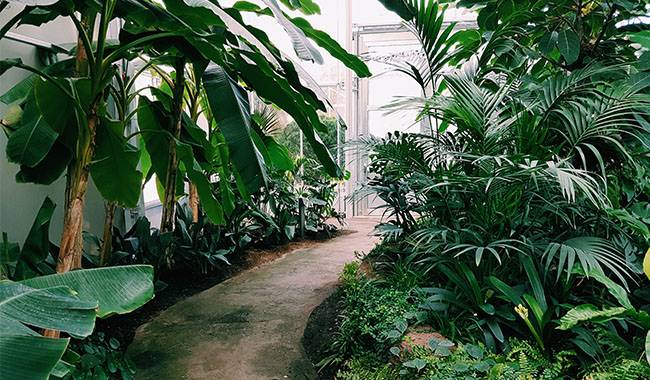
Q: “Hi Helene, Is there a rule of thumb for reseeding? Do we use seed discs and “stab out” or cells, or pots? Also, do I need Vermiculite or just use compost mulch? thank you”
A: Hi friend. This is a very good question! The answer is obviously simple. If you are dealing with relatively large, fast-growing seeds, such as marigolds, sweet peas, and sunflowers, you can also plant them in the trays in the compartment immediately in late spring and early summer.
Because these seeds germinate and grow rapidly, they need the space provided by the compartment tray earlier than small seeds, and they are not prone to the risk of decay.
Most other seeds are best started in the seed tray. Many seeds require light to germinate, so it is important to read the sowing instructions carefully.
However, as a practical rule of thumb, you can also sprinkle the seeds with vermiculite about the same depth as the seeds, that is, relatively large seeds can have a very good watering, while very small seeds may not need at all. I hope you can understand this truth.
I often recommend planting according to the planting instructions, because some seeds do have very special requirements.
Q: “I have planted some okra seeds, and the seedlings have just grown-can you provide some advice on how to successfully grow these plants? Should I put them in a greenhouse? Potted/ground plants, etc.? Last year I made one in a flowerpot, but only got 2 okra.”
A: “Hi Jill, Okra is a tropical or subtropical plant, so it produces the best crops in a greenhouse. Okra is sensitive to frost, so it is best to grow in a warm environment until it is ready to be planted The final location.
Okra can be grown in sunny places in the courtyard, but the yield is not high, especially if we have a cool summer. They will be happy in flower pots, planting bags, or on the ground, just like tomatoes and cucumbers.
Place okra in a bright place, make sure they are not blocked by other large plants, and ventilate the greenhouse on hot days to allow good air circulation. Once the plants begin to bloom, feed them a potassium-rich fertilizer, such as tomato feed or general high-potassium fertilizer, every week, following the instructions on the package.
Hope that with a little heat, fertilizer, and sufficient light, you should have a good harvest this year! I hope this can help you, and good luck. “
Q: Should I use plots, flat, or pots for cells?
A:
Each seedling container has its advantages. Read the key points listed below, and then consider what you are planting, and how and when you plan to transplant your seedlings outdoors. The best choice should be prominent.
What is Cell?
These are trays divided into separate compartments. You will plant a few seeds in each cell, then cut off the weakest seedling & seed germination, leaving only one seedling growing in each cell.
The root system of each plant develops in its own cells, so it is easy to transplant them to specific locations or containers.
(Their roots will not be entangled.) If you don’t want to reuse the tray, it is easy to remove the seedlings from the cells, you can just push the bottom of the cells until the seedlings pop out, the root ball and all.
What is Pot?
The advantages of potted plants are basically the same as those of cells. You can sow and prune the seedlings, and finally one plant per pot, each plant has a unique root system.
Potted plants are not as flexible as cells, so you can’t directly push/pull out the seedlings when transplanting. On the other hand, you can choose a pot that is larger than the cells, which are usually very small.
This is an advantage for seeds that started very early. If those started in cells, they will most likely need to be transplanted into a larger pot when they are moved outdoors. You can avoid this intermediate step by starting with a larger pot from the beginning.
What is Flats or trays?
These are shallow rectangular plates with no dividing lines, only four walls. If you plan to transplant seedlings into the garden in clumps, flat pans are a good choice. You can dig out a batch of seedlings at once and plant them together in a large and wide hole. Otherwise, you need to disassemble their roots, which may be difficult.



